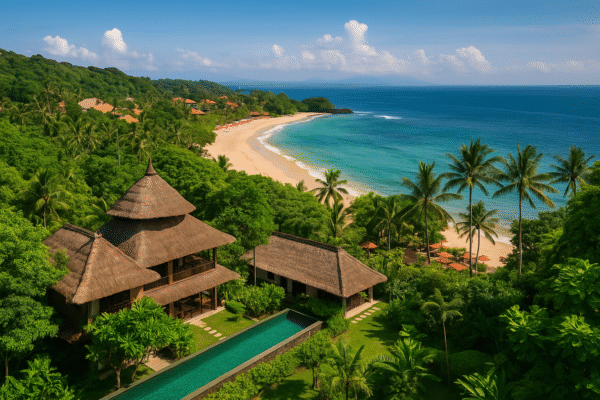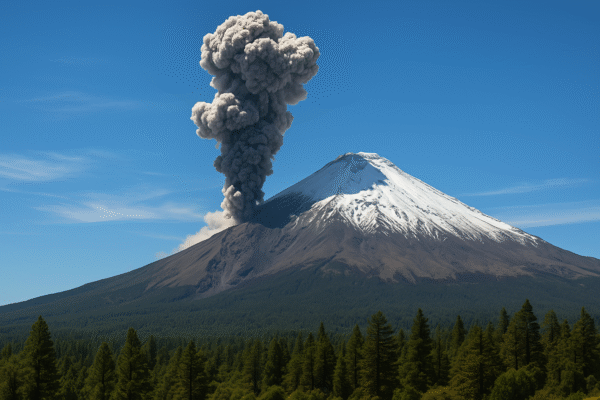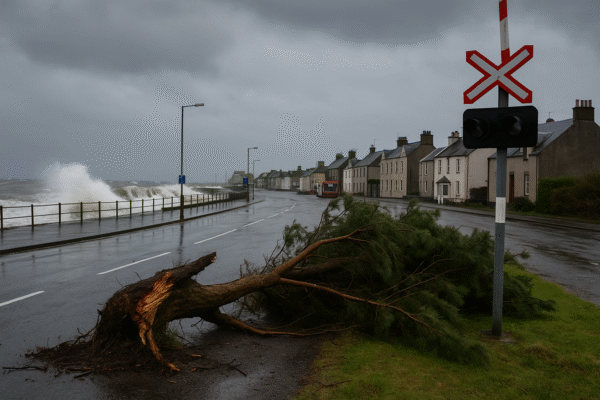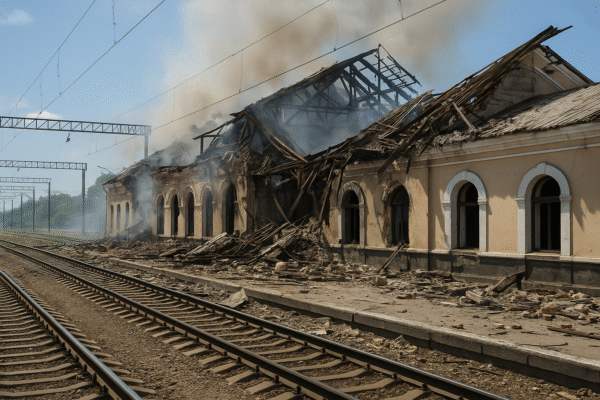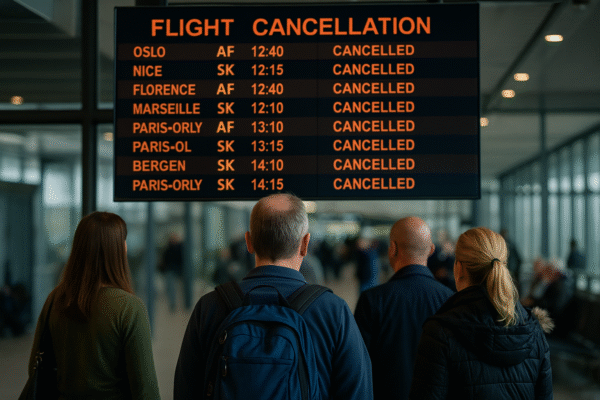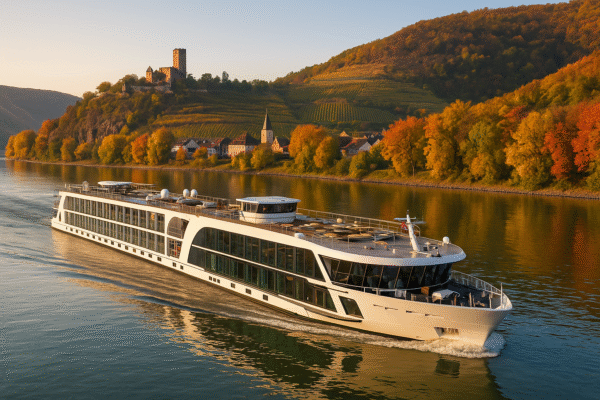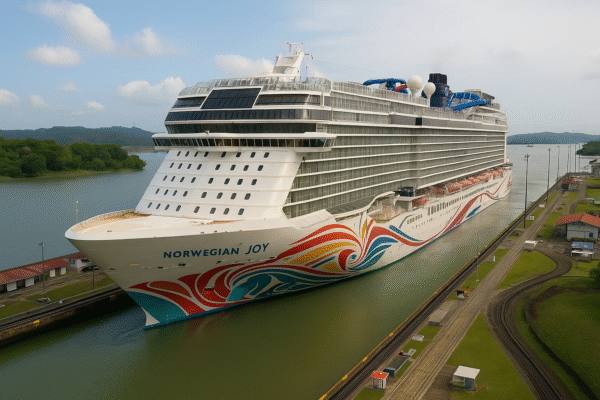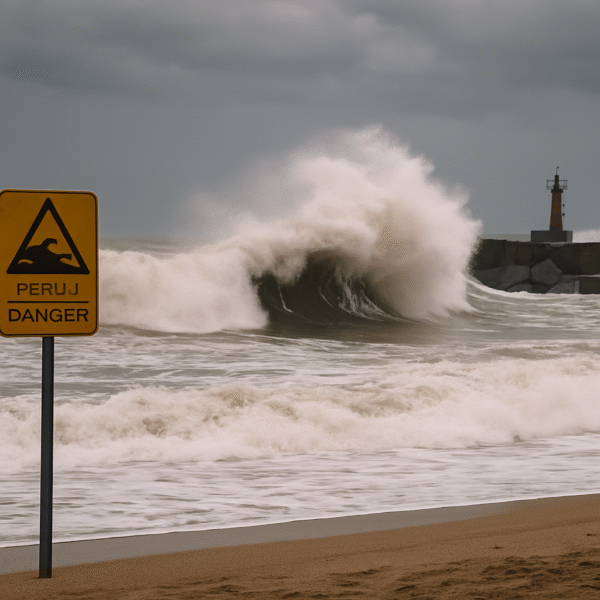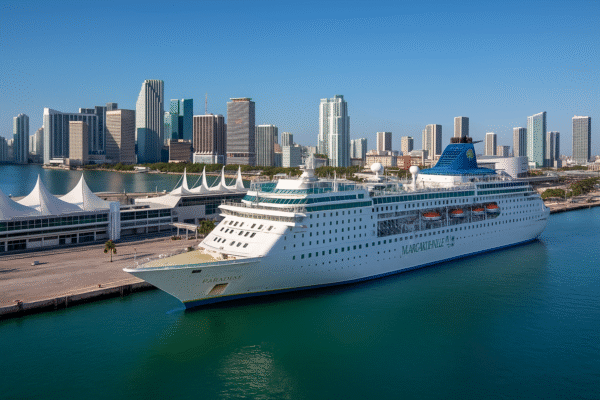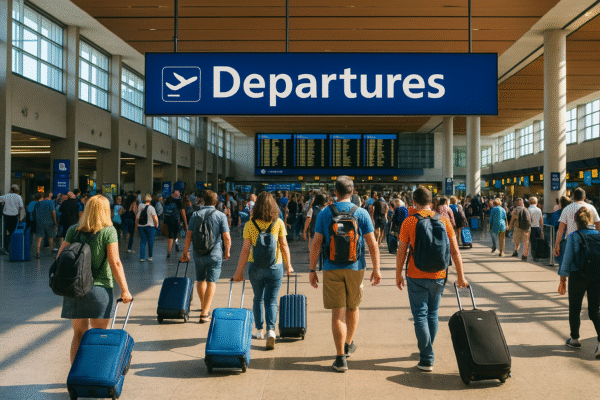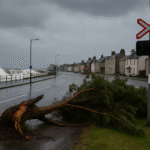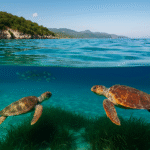Volcanoes have long captivated travelers, drawing millions each year to destinations like Hawaii, Indonesia, Japan, and Alaska. Their raw beauty, cultural significance, and thrilling landscapes make them magnets for eco-tourists and adventurers alike. However, beneath their majestic presence lies immense danger. One of the greatest risks is the sudden collapse of volcanic slopes, often leading to deadly landslides or tsunamis. Now, a breakthrough from a U.S.-based academic promises to transform safety for both local communities and tourists.
Christelle Wauthier, Associate Professor at Penn State University, has developed advanced predictive models to forecast volcanic slope collapses. These models are designed to provide early warnings, helping authorities evacuate areas and safeguard lives before disaster strikes. Her research marks a pivotal step toward blending scientific innovation with disaster preparedness, reshaping how we experience and manage volcano tourism.
Why Volcanic Collapses Pose a Global Risk
Volcanic slope collapses occur when the flanks or sides of a volcano become unstable, often triggered by rising magma or intense eruptions. The consequences can be catastrophic. The 1980 eruption of Mount St. Helens in Washington State demonstrated the destructive power of flank collapse, flattening forests, releasing massive ash clouds, and claiming lives. Similarly, in 2018, the collapse of part of Indonesia’s Anak Krakatau volcano unleashed a deadly tsunami across the Sunda Strait, devastating coastal communities.
These events illustrate why predicting volcanic slope failures is critical. Beyond the immediate eruption dangers, collapses can displace millions of cubic meters of rock, generate powerful shockwaves, and even trigger tsunamis capable of crossing seas within hours. For countries reliant on tourism and coastal economies, the stakes are especially high.
The Science Behind the New Forecasting Models
Professor Wauthier’s models offer a sophisticated way to understand the forces shaping volcanic slopes. By simulating how magma pressure interacts with faults in the Earth’s crust, the models can identify where and when instability is most likely. Key factors include:
- Fault angles and rock fractures: Mapping how volcanic rock layers may slip under pressure.
- Topographic features: Determining which areas of a volcano are structurally vulnerable.
- Magma movement: Tracking how rising molten rock destabilizes surrounding slopes.
These models are further supported by monitoring equipment such as seismometers, GPS sensors, and satellite imaging. Together, they provide real-time data that can trigger alerts well before a collapse occurs.
The ultimate goal is to transform these insights into actionable early warnings. By pinpointing high-risk areas, scientists and governments can install targeted monitoring systems and create evacuation protocols tailored to each volcano.
Implications for Communities Near Active Volcanoes
For communities living in volcanic regions, this research offers a lifeline. Populations in Indonesia, Japan, the Philippines, Hawaii, and Alaska often live in close proximity to active volcanoes due to fertile soils, cultural ties, or tourism opportunities. Unfortunately, this proximity also puts them in direct danger when eruptions occur.
With these new models, local authorities can better plan evacuation routes, strengthen infrastructure, and implement public education programs. Early warnings allow residents to evacuate safely, reducing casualties that historically have stemmed from sudden, unpredictable collapses. In coastal regions, advance notice of tsunami risk is especially critical, giving people valuable time to move inland.
A Game-Changer for Volcano Tourism
Tourism is a major economic driver for many volcanic destinations. Hawaii’s Kilauea, Japan’s Mount Fuji, and Iceland’s volcanic landscapes draw millions of travelers annually. Adventure seekers are fascinated by active volcanoes, trekking to craters, lava fields, and geothermal wonders. Yet concerns about safety remain a barrier for many potential visitors.
The introduction of slope collapse forecasting technology addresses this challenge directly. For tourists, the assurance of enhanced monitoring means safer excursions and peace of mind. Tour operators and national parks can now integrate early warning systems into their operations, ensuring that visitor safety is prioritized without diminishing the thrill of exploring these natural marvels.
Moreover, volcano tourism operators can use the research to guide tourists responsibly, steering them away from high-risk areas during periods of instability while still providing authentic and exciting experiences. This not only protects lives but also strengthens the long-term sustainability of tourism economies that depend on these attractions.
Strengthening Global Disaster Preparedness
Volcanoes are not isolated phenomena; they exist along tectonic boundaries across the globe. From the Pacific “Ring of Fire” to volcanic chains in the Mediterranean, millions of people and countless travelers are within reach of volcanic hazards. The Penn State research contributes to a growing body of global disaster management strategies aimed at reducing risk from natural disasters.
International organizations, governments, and tourism boards are increasingly recognizing the need for science-driven approaches to disaster preparedness. By integrating forecasting models with community education and tourism safety protocols, regions can create a robust defense against unpredictable volcanic threats.
Looking Ahead: Safer Journeys to Nature’s Giants
The development of volcanic slope collapse forecasting represents a milestone in both science and tourism safety. As the models continue to improve with more real-world data, their predictive accuracy will become sharper, potentially saving thousands of lives and preserving vital tourism industries.
For communities, it means enhanced resilience against one of nature’s most powerful forces. For tourists, it means the freedom to explore volcanoes with greater confidence, knowing their safety is backed by cutting-edge research. And for governments and operators, it marks an opportunity to strike a balance between adventure and responsibility.
Volcanoes will always embody both danger and wonder. But thanks to scientific innovation, the future of volcano tourism looks brighter, safer, and more sustainable than ever before.
For more travel news like this, keep reading Global Travel Wire

